13 Foods That Will Improve Your Children's Concentration


Reviewed and approved by the nutritionist Eliana Delgado Villanueva
When children start school, the ability to concentrate is one of the core skills in their learning process. This is why it’s important to make them eat foods that will improve your children’s concentration.
Concentration is the mental function that helps people focus their attention. Your mind and body come together during concentration, benefiting both. This is why concentration is important for children who are studying and about to take a test, as well as for those who are practicing and are about to participate in a sports competition.
It’s proven that a good diet helps boost concentration. First of all, because it provides the balance the body needs for the mind to focus. And second of all, because it feeds the brain with the fuel it needs for the neurons to work efficiently.
Fats: The Best Fuels
Your body gets most of its energy from two types of food: carbohydrates and fats. The brain can use both to function, but the metabolic product that originates from healthy fats best renews and regenerates brain cells.
Including foods that improve concentration in your children’s diet will favor their cognitive processes and creativity. However, parents usually struggle with the fact that their kids don’t like healthy foods.
As children grow, they go through different stages of acceptance and rejection of food. If they don’t accept a certain food one day, you should try again with the same food some other time. If you’re creative with your recipes, they’ll discover and appreciate the benefits of eating healthier foods.
The Best Foods to Improve Your Children’s Concentration
-
Avocado
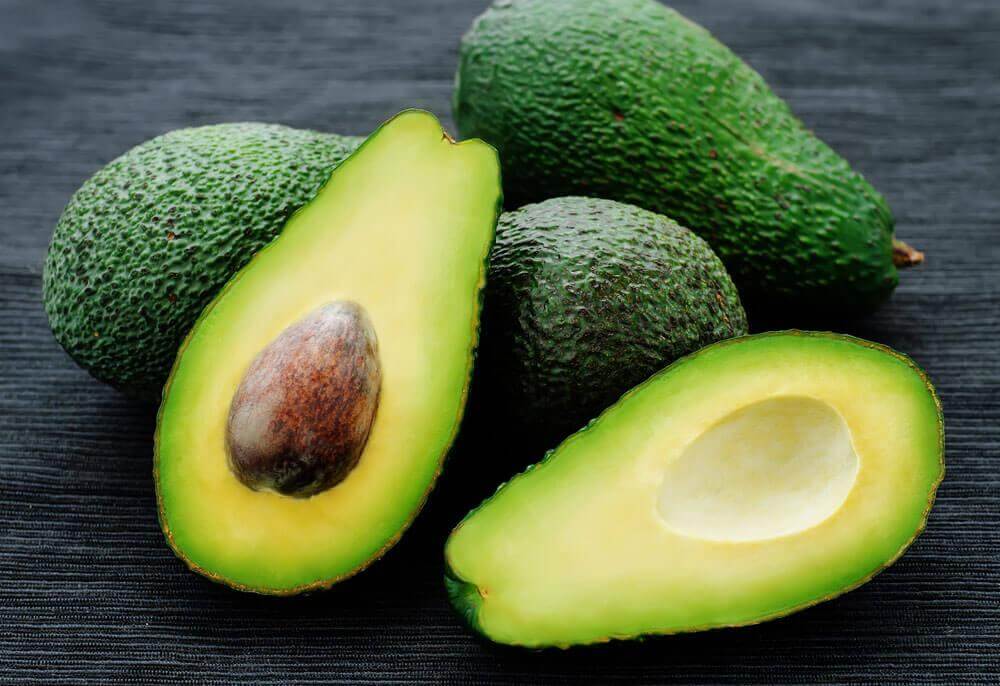
This fruit rich in monounsaturated fats improves communication between neurons and enhances memory. Perfect for exam time!
Delicious Tip
Fill wholemeal bread with an avocado, shredded chicken (roasted or boiled), finely chopped celery, and mayonnaise spread.
-
Salmon, Sardines, and Anchovies
Oily fish are rich in omega 3, omega 6, and phosphorous, making them the ideal foods for brain function enhancement.
Delicious Tip
You can vary the spread we mentioned above by adding salmon (roasted) instead of chicken. You can also make tasty croquettes.
-
Celery
The antioxidant and anti-inflammatory properties of celery come from luteolin, a compound that facilitates learning and enhances memory.
Delicious Tip
Make a chopped chicken, apple, and celery salad. Dress with plain yogurt, mustard, honey, salt, and pepper.
-
Blueberries
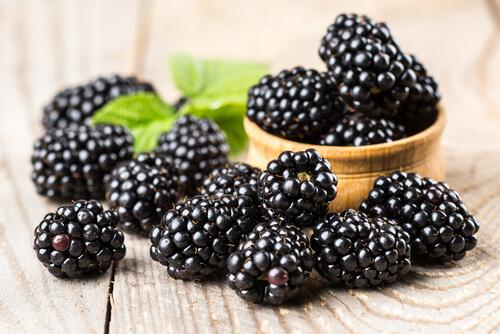
They’re rich in antioxidants and anthocyanins that protect against neurological diseases such as Alzheimer’s. Also, they enhance learning, thinking, and memory.
Delicious Tip
Prepare a blueberry and cranberry smoothie. Strain and sweeten to taste, preferably with honey. Remember that sugar doesn’t promote concentration.
Take a look at this article: 8 Amazing Benefits of Blueberries
-
Broccoli
This vegetable is rich in choline (a B vitamin) that not only promotes a baby’s brain development in the womb, but also prevents cognitive function decline.
Delicious Tip
Steam the broccoli for 4 minutes. Mix the finely chopped broccoli florets with short pasta, cooked lentils, and crushed nuts. Season with garlic and turmeric.
-
Chicken Bone Broth
Due to the fact that it heals the gut, it reduces the number of bacteria and food that goes into the bloodstream and swells brain cells.
Delicious Tip
To make chicken bone broth, boil the bones from 12 to 24 hours over low heat. Add carrots, celery, and two tablespoons of apple vinegar to the broth. Add parsley 10 minutes before removing from heat. Strain and voilá, your nutrient-rich broth is ready.
-
Extra Virgin Olive Oil
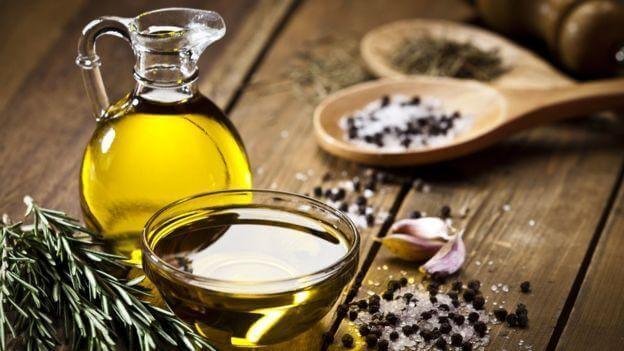
Cold-pressed extra virgin olive oil is rich in antioxidants that preserve memory and facilitate learning.
Delicious Tip
Cold-pressed extra virgin olive oil can’t be subjected to high temperatures because it degrades. Add it raw to salads, mayonnaises, or pasta dishes.
-
Coconut Oil
It’s the best source of medium-chain triglycerides, the perfect food for neurons. It reduces inflammation and prevents memory loss.
Delicious Tip
Add a handful of chopped nuts, a quarter cup of raisins, one teaspoon cinnamon and a spoonful of coconut oil to a cup of cooked rice.
-
Turmeric
The curcumin in this tuber is a powerful antioxidant and anti-inflammatory that stimulates the production of new brain cells or neurogenesis.
Delicious Tip
Turmeric is what makes curry yellow. You can make yummy mayonnaises with turmeric. You can also add it to scrambled eggs for an extra kick of flavor.
-
Rosemary
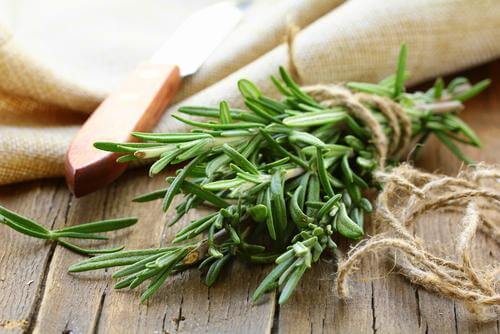
The carnosic acid in this herb protects the brain from neurodegenerative damage caused by free radicals.
Delicious Tip
Season meat or chicken with finely chopped rosemary leaves. Rosemary also goes perfectly with tomato sauces.
-
Egg Yolks
They’re a great source of choline and also contain phospholipids, which are vital for neural transmissions.
Delicious Tip
Add paprika, onion, and turmeric to cooked pasta. Then, add the cooked and crumbled egg yolks. Finally, add some coconut oil or olive oil when serving.
-
Beets
They are rich in antioxidants and natural nitrates that increase blood supply to the brain and enhance performance.
Delicious Tip
Blend some beets and carrots with orange juice, strain, and drink during breakfast.
-
Nuts
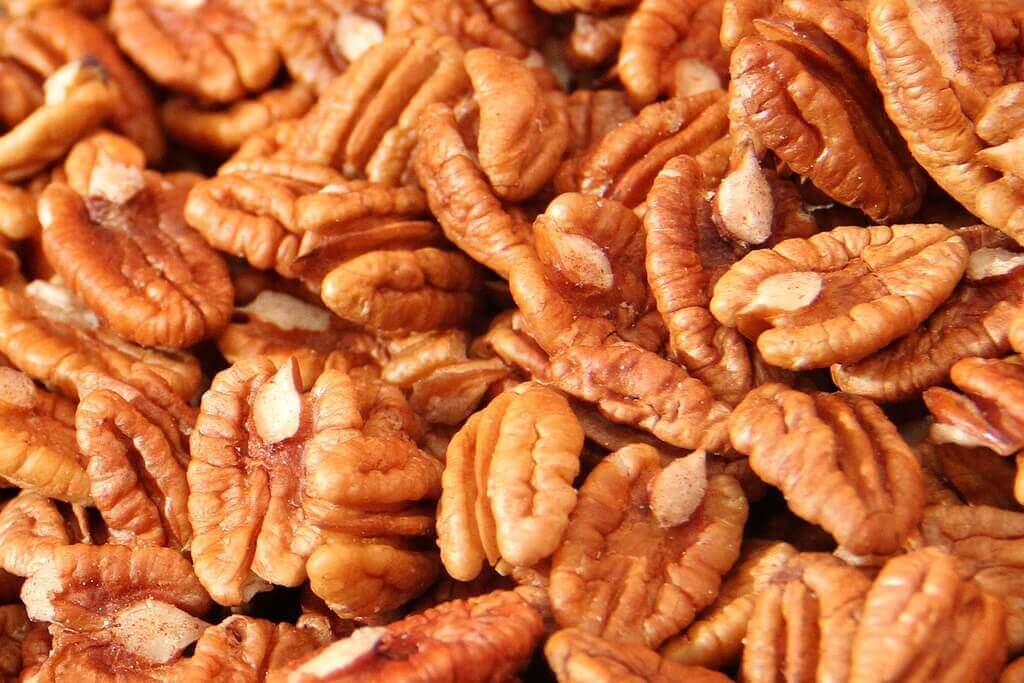
Nuts are rich in vitamins, minerals, and antioxidants, making them the perfect food for good neuron cell operation.
Delicious Tip
Pour a dollop of cream cheese or ricotta in a bowl. Add celery and finely chopped nuts. Season with honey, salt, and pepper to taste. Finally, snack on this spread with crackers.
All cited sources were thoroughly reviewed by our team to ensure their quality, reliability, currency, and validity. The bibliography of this article was considered reliable and of academic or scientific accuracy.
- Gómez-Pinilla, F. (2008). Brain foods: the effects of nutrients on brain function. Nature reviews neuroscience, 9(7), 568-578. https://www.ncbi.nlm.nih.gov/pmc/articles/PMC2805706/
- Chianese, R., Coccurello, R., Viggiano, A., Scafuro, M., Fiore, M., Coppola, G., … & Meccariello, R. (2018). Impact of dietary fats on brain functions. Current neuropharmacology, 16(7), 1059-1085. https://www.ncbi.nlm.nih.gov/pmc/articles/PMC6120115/
- Czyż, K., Bodkowski, R., Herbinger, G., & Librowski, T. (2016). Omega-3 fatty acids and their role in central nervous system-a review. Current medicinal chemistry, 23(8), 816-831. https://pubmed.ncbi.nlm.nih.gov/26795198/
- Goñi, M. G., Di Gerónimo, N., Carrozzi, L., Yommi, A. K., & Roura, S. I. (2012). Caracterización de compuestos antioxidantes presentes en apio según el estadio de madurez. Asociación Argentina de Horticultura. https://repositorio.inta.gob.ar/handle/20.500.12123/4843
- López, E. A. S., Marroquín, J. I., Leyva, J. J. S., Lira, M. O. F., Escobedo, J. G. S., & González, T. H. (2002). Aspectos nutricios de la enfermedad de Alzheimer. Neurología, Neurocirugía y Psiquiatría, 35(3), 150-155. https://www.medigraphic.com/pdfs/revneuneupsi/nnp-2002/nnp023f.pdf
- Suttiwan, P., Yuktanandana, P., & Ngamake, S. (2018). Effectiveness of essence of chicken on cognitive function improvement: A randomized controlled clinical trial. Nutrients, 10(7), 845. https://www.ncbi.nlm.nih.gov/pmc/articles/PMC6073337/
- Sevilla Paz Soldán, R., Condori Bustillos, R., Sejas Claros, A., Huayhua Mexicano, R., & Calla Domaire, P. (2018). Mezcla lipidica para mejorar el desarrollo psicomotriz en niños menores de 5 años con paralisis cerebral infantil. Revista Científica Ciencia Médica, 21(2), 21-28. http://www.scielo.org.bo/scielo.php?pid=S1817-74332018000200004&script=sci_arttext
- Johnson, C. B., & Jorge, J. C. L. (2005). Seasonal variations of rosmarinic and carnosic acids in rosemary extracts. Analysis of their in vitro antiradical activity. Spanish Journal of Agricultural Research, (1), 106-112. https://dialnet.unirioja.es/servlet/articulo?codigo=1114062
- Poulose, S. M., Miller, M. G., & Shukitt-Hale, B. (2014). Role of walnuts in maintaining brain health with age. The Journal of nutrition, 144(4), 561S-566S. https://pubmed.ncbi.nlm.nih.gov/24500933/
This text is provided for informational purposes only and does not replace consultation with a professional. If in doubt, consult your specialist.








